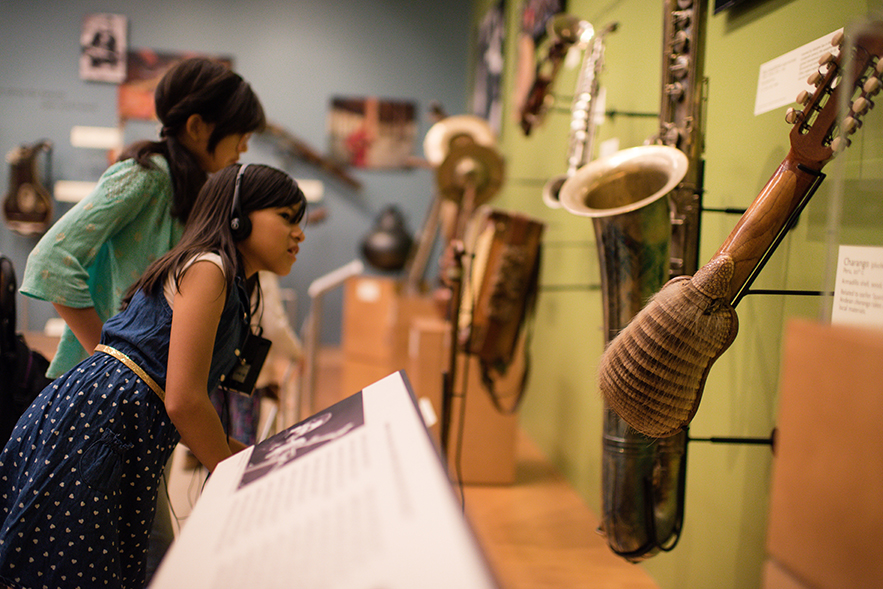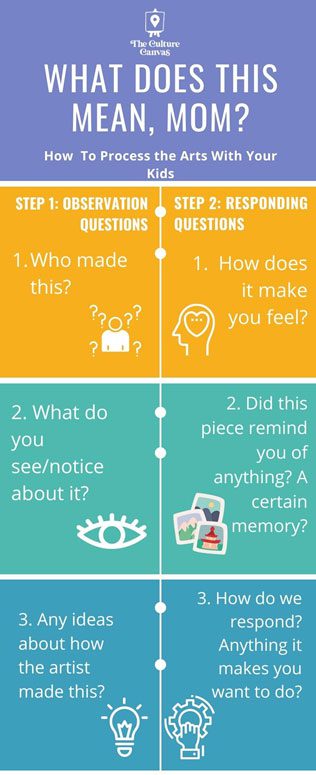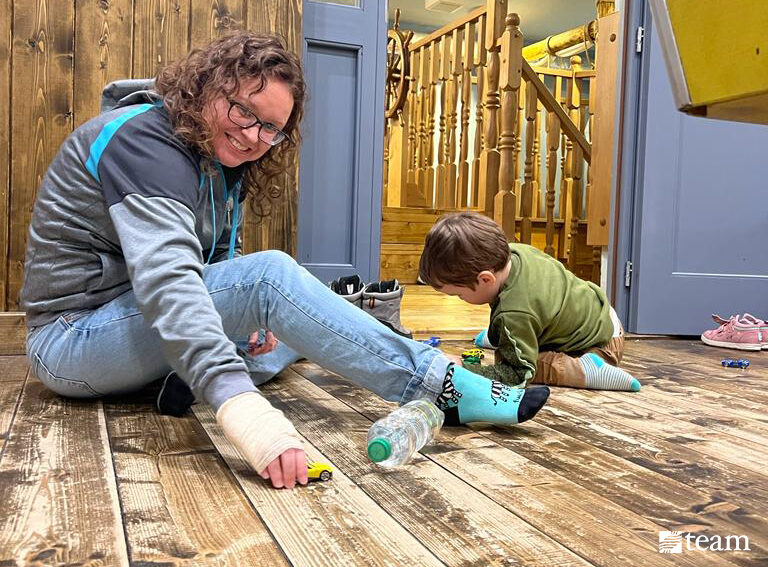
Missionary Life
A Roadmap for Navigating Cultural Art Overseas
October 27, 2021
by Abby

How is it that two people can look at the same situation and have completely different takes on it? I’ve been asking myself this frequently, especially in the current climate of politics and society. It matters what lens we look at the world through. Do you agree?
Have you ever looked through a kaleidoscope? The tinted and distorted shapes in the glass leave us dizzy and a bit disoriented as we try to figure out up from down.
Sometimes I think people assume this is the experience viewing the art of another culture will be for them. Disorienting. Confusing. Silly, even. But going deeper into these assumptions, I think that many people are scared to experience the arts in other cultures.
Will it influence me and my children negatively? Will it compromise my worldview and values? Will it be a waste of my time?
First I want to assure you that these are valid questions. The arts are deeply impactful, after all. However, I am a firm believer in two things on this topic:
- The arts are the greatest window we have into better understanding another culture on a deep level.
- It’s important and wonderful to process the world (including the arts) along with your kids (or spouse, or friend).
Disclaimer: Does this mean we should let ourselves and our kids experience all art out there? No. Just like anywhere else, you wouldn’t let your 3-year-old watch an R-rated movie. We do need to be aware of what our eyes and ears are taking in and consider what is age-appropriate as well as developmentally appropriate.
Exploring a Culture Shows You Care
It is my belief that the arts are the pulse of humanity. When we have our finger on that pulse, we can hear, see and feel what it means to be human to that particular person or group of people. And those people know that we are checking for signs of life. They see and know that we care enough to try to understand what makes them tick.
We also better understand a person or group’s history through the arts. In many cultures, their history is carved into the very songs, dances, and visual art of the people. In Aboriginal culture, the very maps of the land are recorded in “song lines” and sung as people walk from here to there. A musical map of ancient understanding.
So, if we want to know the heart of someone, how can we overlook this window into the soul?
What if we processed the arts in other cultures along with our spouses, our kids, our friends, with some questions to better help us navigate these deep waters? What if we weren’t afraid and instead we engaged the arts with tools in tow?
If you’re up for it, I’m going to give you some processing questions you can try out with your kids to better help you engage with cultural art as a family.
The first three questions are to help you engage with the work of art itself before creating a judgement of it. The last three are for processing the effect the work has had on you and how to respond. If you have the time, work through them all, or just do the first two questions for engaging with it and then choose one of the last three for responding.
Processing Questions: (simply NOTICE/OBSERVE first)
1. Who made this?
2. What do you see/notice about it?
3. Why do you think they made it? What was their purpose?
Responding Questions:
1. How did it make you feel?
2. Did this piece of art (visual art, dance, music, etc) remind you of anything? Did it bring up a memory?
3. How might we respond to this piece? Is there anything you think we should DO after experiencing this piece?
Processing the arts with your kids is a lot like processing life itself alongside your kids. It can be messy and confusing, but also beautiful and oh so rewarding. Your kids will surprise you. They are intuitive, brilliant, and many times more in touch with what is below the surface than we realize.
I want to make this as fun and easy for you as possible! Consider this discussion chart my invitation to you. An invitation to enter into the experience of another through art and walk around in their shoes for a bit. Talk about the experience with a family member or a friend. Use these questions to help you out!
If you’d like this handy dandy little discussion chart in a PDF for print to have on hand, simply email me at abby [at] culturecanvas [dot] org, and I’ll send it directly to you!
I love creating resources at the intersections of the arts and culture learning. I currently host a monthly Live Art Party for “Little Global Citizens.” It’s always a great time for connecting across cultures, getting messy with our hands, and thinking critically while viewing global art! If you’d like any more information on these Art Parties or any other learning resources, please email me at abby [at] culturecanvas [dot] org!
Missionary parents, how have you helped your kids explore the arts of your host culture? Which of these discussion questions are you eager to try out?


